Thanks to their ease of use and increased security, mobile payment apps are growing in popularity. In fact, mobile payments are projected to top $280 billion by 2021, which is triple the figure for 2016. This is why mobile payments reach a larger restaurant audience.
While there are many payment providers, individual companies are beginning to develop their own mobile payment apps.
However, while security has improved, some people still prefer paying with cash or credit cards due to concerns about their information being stored and, therefore, vulnerable to being stolen.
Since such a vast consumer base leverages mobile payments, could they be seen as more trouble than they’re worth, or are they the future of how we do business?
The Pros
Mobile app development for restaurants offers many payment advantages for consumers:
- They are fast and convenient. Some mobile payment apps even allow you to verify your purchase using your fingerprint.
- They’re secure. Despite some consumers’ concerns, mobile payments are actually quite secure. Most apps don’t actually store your credit card information, meaning there is little risk of it being compromised.
- Many mobile payment apps allow for the integration of loyalty & rewards integration programs.
- For businesses, mobile apps offer a lower cost alternative to having a credit card terminal from a bank.
- Mobile payment apps make it easier for small businesses to track customer behavior.
- Mobile payments are also good for businesses because they streamline the customer experience.
The Cons
Technology, services for restaurants enhance mobile payments, but do have drawbacks and deterrents:
- Not all phones support all mobile payment apps, which limits the number of consumers who can use them.
- If your phone runs out of battery while you’re on the go, you can’t make mobile payments.
- Though mobile payment apps are highly secure, they do create digital records, which might concern some consumers.
- If a business only accepts a certain type of mobile payment and the customer doesn’t have that particular app, he or she is out of luck.
- Businesses need to be aware of the fine print before adopting mobile payments. If you don’t pay attention, you could be hit with exorbitant processing fees.
The Verdict
The truth is in the numbers, which can be deciphered using dashboards & business intelligence for restaurants.
The availability of mobile payments is on the rise and consumers are becoming increasingly comfortable using mobile payment apps.
Businesses are responding to consumer demand by accepting mobile payments in growing numbers.
According to The Economist, around half of all stores in America currently accept Apple Pay, 4 million stores accept Google Pay and 2 million merchants accept PayPal.
Security breaches are rare, making mobile payments one of the safest ways to conduct business.
Businesses that accept mobile payments experience increased sales and customer loyalty.
So are mobile payments worth the trouble? The benefits certainly seem to outweigh the risks, for both consumers and businesses.
It’s simply a matter of deciding which app is best for your needs.
Should Mobile Payments Be Part Of Your Customer Experience?
Introducing a mobile payment option could help improve your restaurant’s customer experience and, in turn, increase your sales.
Your brand should determine which mobile payment option is best for your business and your customers and integrate it within your digital web, mobile, kiosk and tableside apps.

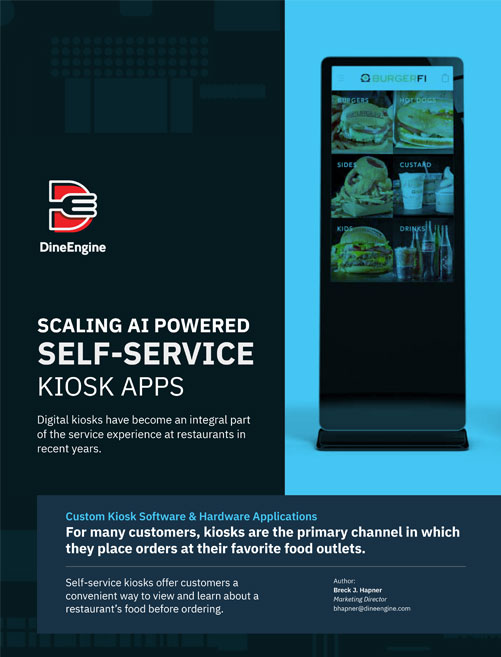
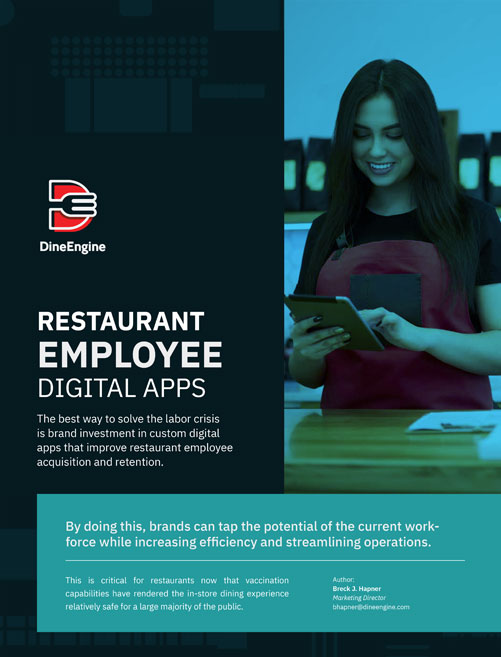
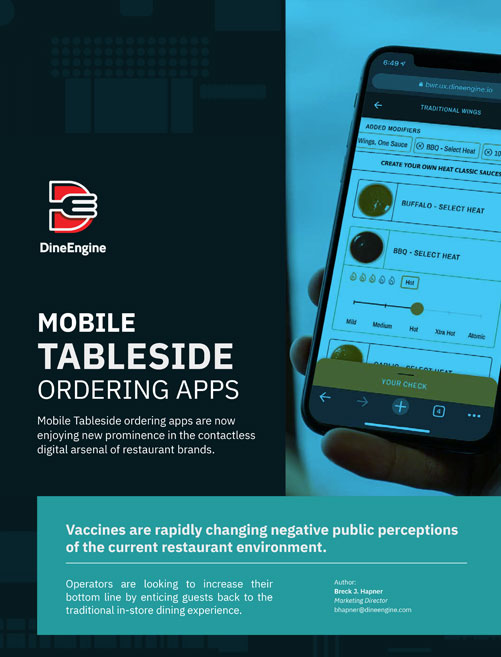
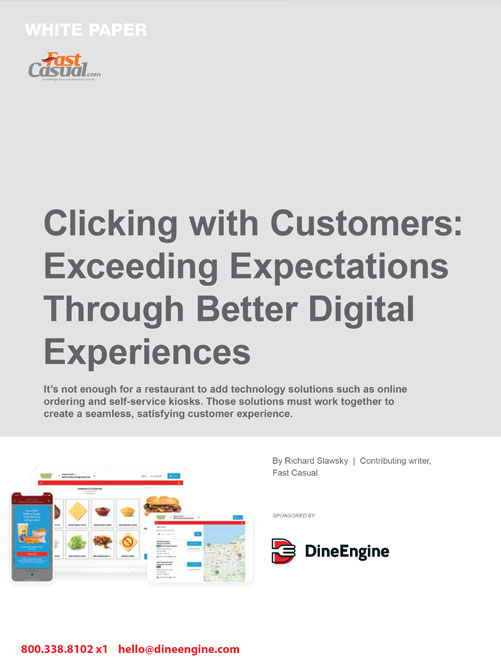
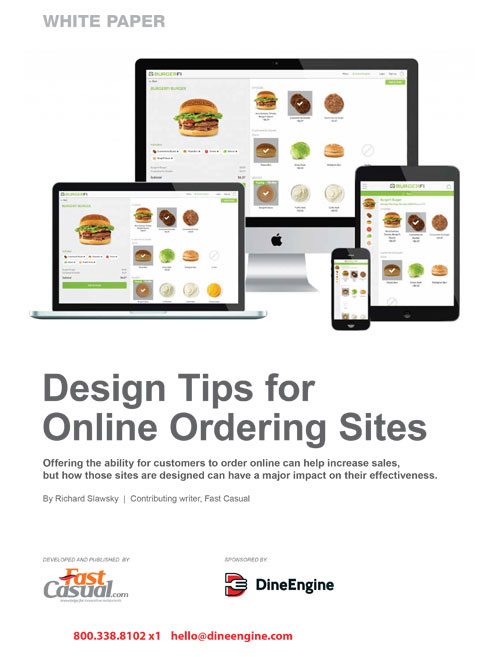
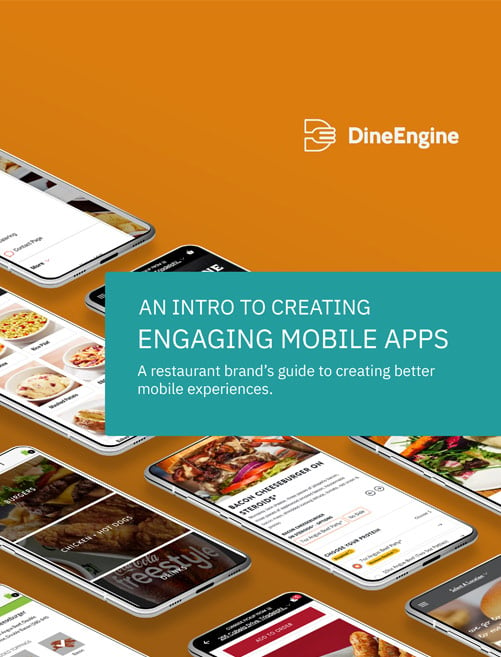





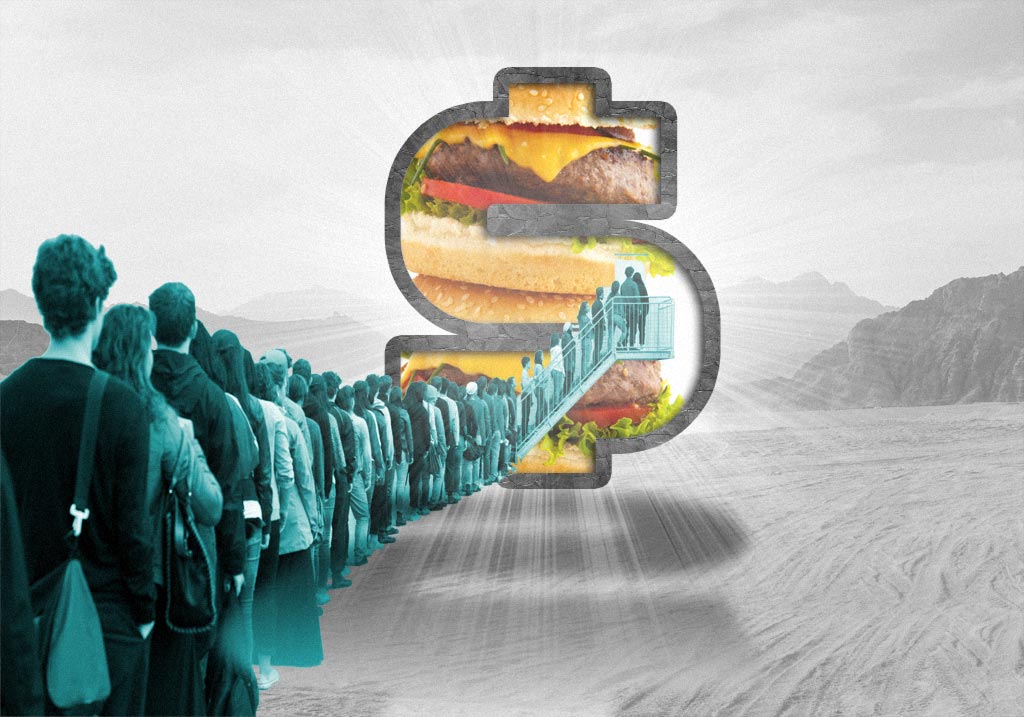












0 Comments